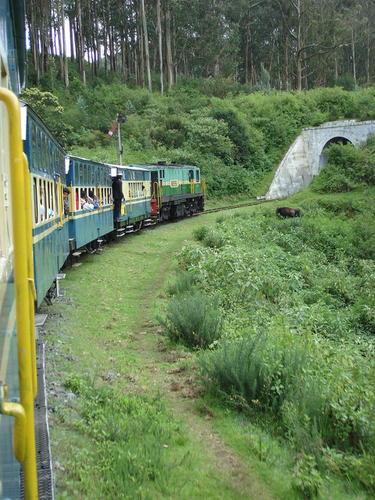- About Us
- Schemes
- Culture Scheme Dashboard
- Scheme of Financial Assistance for Promotion of Art and Culture
- Financial Assistance to Cultural Organizations with National Presence
- Cultural Function and Production Grant(CFPG)
- Financial Assistance for Preservation and Development of Cultural Heriatge of the Himalayas
- Financial Assistance for Development of Buddhist/Tibetan Arts and Culture
- Financial Assistance for Cultural Activities in Performing Arts for Building Grants Including Studio Theatres
- Financial Assistance for Allied Cultural Activities
- Financial Assistance for Promotion of Guru-Shishya Parampara (Repertory grant)
- National Mission on Libraries
- Financial Assistance for Construction of Tagore Cultural Complexes(TCC)
- Scheme of Financial Assistance under Seva Bhoj Yojna
- Scheme of Scholarship and Fellowship for Promotion of Art and Culture
- Museum Grant Scheme
- Scheme for Financial Assistance for Veteran Artists
- Scheme for Promotion of Culture of Science (SPOCS)
- Scheme for Safeguarding the Intangible Cultural Heritage
- Global Engagement Scheme
- Indian Conservation Fellowship Program (ICFP)
- Centenary and Anniversary Celebrations Scheme
- Mission
- ICR
- Commemorations
- CSL
- G20 CWG
- Contact Us
Mountain Railways of India

Mountain Railways of India
West Bengal
The development of railways in the 19th century had a profound influence on social and economic developments in many parts of the world. The two Mountain Railways of India on the World Heritage List are outstanding examples of the interchange of values on developments in technology, and the impact of innovative transportation system on the social and economic development of a multicultural region, which was to serve as a model for similar developments in many parts of the world.
The Darjeeling Himalayan Railway is intimately linked with the development of Darjeeling as the queen of hill stations and one of the main tea-growing areas in India, in the early 19th century. The densely wooded mountain spur on which Darjeeling now stands was formerly part of the Kingdom of Sikkim. It was adopted by the British East India Company as a rest and recovery station for its soldiers in 1835, when the area was leased from Sikkim and building of the hill station began, linked to the plains by road. In 1878 the Eastern Bengal Railway submitted a detailed proposal for a steam railway from Siliguri, already linked with Calcutta to Darjeeling. This received official approval and construction work began immediately, and by 1881 it had been completed. Since 1958 it has been managed by the State-owned Northeast Frontier Railway.








